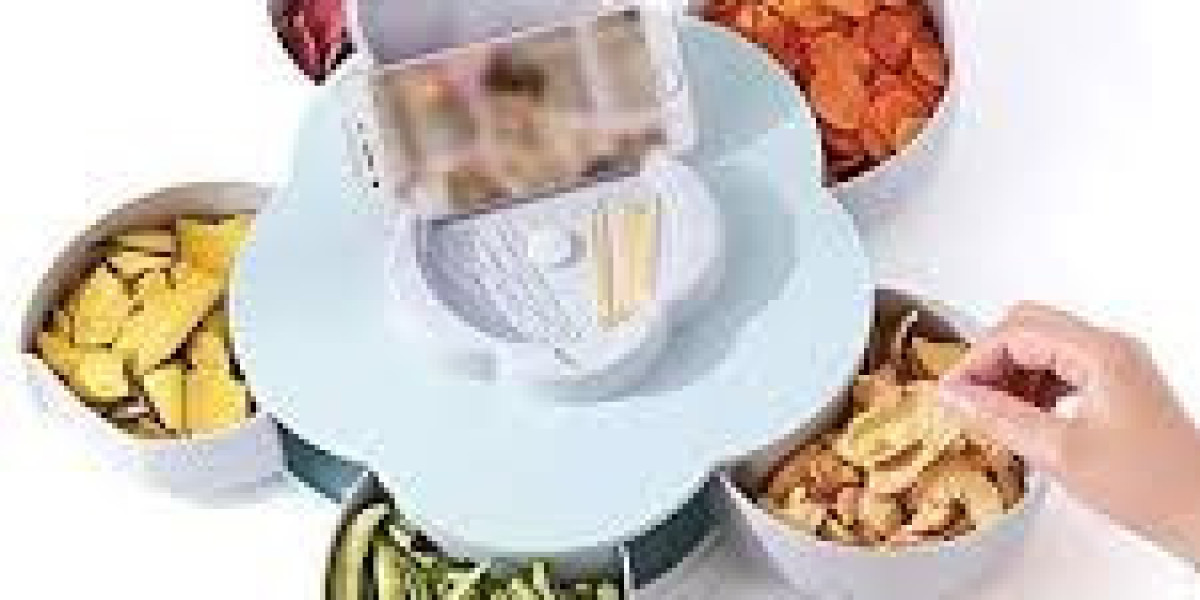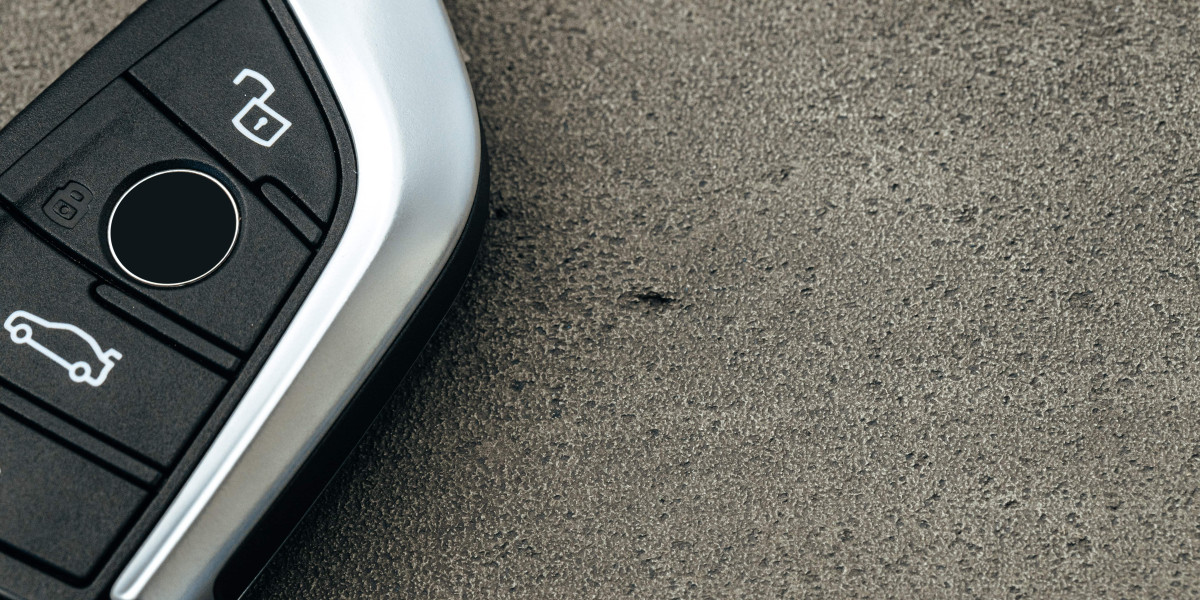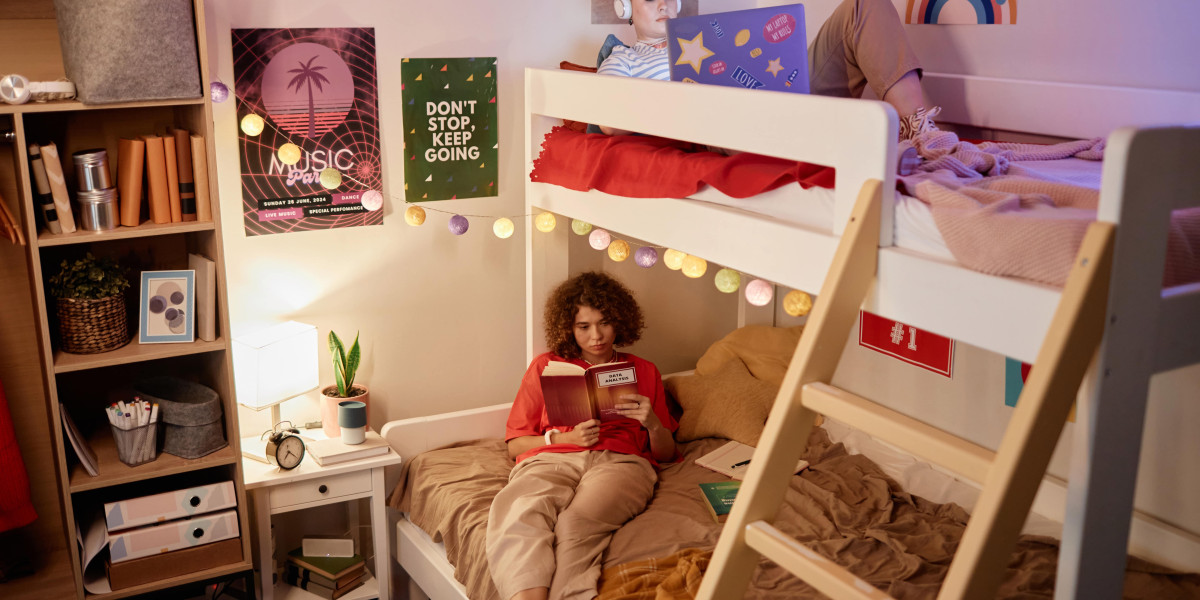Candy boxes are more than just containers for delicious confections—they're an integral part of the entire candy-buying and gifting experience. From bright and playful designs for children to elegant, custom-crafted packaging for gourmet treats, candy boxes serve a dual purpose: to protect and preserve the sweets inside and to entice customers with visually appealing presentation. In today’s competitive market, the importance of premium, attractive, and purposeful candy boxes cannot be overstated.
1. The Importance of Candy Boxes in Packaging
Candy boxes are the first point of interaction between the product and the consumer. Whether displayed on store shelves, given as gifts, or used for seasonal promotions, these boxes help communicate the brand’s identity, quality, and creativity. A well-designed candy box does the following:
Grabs Attention: With vibrant colors, themed graphics, or sleek minimalism, candy boxes can make any product stand out.
Tells a Story: Through branding elements like logos, taglines, and custom printing, the box tells the story of the product and the company behind it.
Preserves Freshness: High-quality boxes shield candies from moisture, dust, and crushing, maintaining the integrity of the product.
Encourages Purchase Decisions: Beautiful packaging enhances perceived value and can turn a simple candy into a luxury item or a perfect gift.
2. Types of Candy Boxes
There are numerous types of candy boxes tailored to different candy forms, presentation needs, and branding strategies:
a. Window Boxes
These feature a clear plastic window that allows consumers to peek at the contents inside—ideal for chocolates, gummies, and colorful hard candies. It adds transparency (literally and figuratively), enhancing trust in the product.
b. Rigid Candy Boxes
Rigid boxes offer a premium feel and are commonly used for artisanal or luxury candies. These boxes are durable and ideal for gifting occasions like holidays, birthdays, and weddings.
c. Folding Cartons
Lightweight and cost-effective, folding carton boxes are perfect for mass-produced candies. They can be easily customized with prints and finishes and are convenient for retail display.
d. Sleeve Boxes
A box with a sliding sleeve creates an engaging unboxing experience. These are popular for curated candy collections or promotional launches.
e. Compartmentalized Boxes
Often used for assorted chocolates or truffles, these boxes have partitions or trays that keep different candies separate, maintaining presentation and taste integrity.
3. Materials Used for Candy Boxes
Selecting the right material is critical for candy packaging. The most common materials include:
Cardboard or Paperboard: Widely used due to affordability and print-friendliness. Often coated for a glossy, matte, or textured finish.
Corrugated Fiberboard: Used for larger candy gift sets or shipping boxes.
Plastic/PET: Often used for transparent boxes or windows; offers visibility and protection.
Tin or Metal Boxes: Reusable and retro-stylish, these add nostalgic charm to candy packaging.
Eco-conscious brands are now also opting for biodegradable and recyclable options to align with sustainability goals.
4. Customization Options
Customization adds immense value to candy boxes, allowing brands to align packaging with their identity, campaign themes, or seasonal aesthetics. Popular customization features include:
Die-Cut Windows
Embossing and Debossing
Foil Stamping (Gold, Silver, etc.)
UV Spot Coating
Thematic Artwork and Typography
Personalized Messaging (great for weddings or corporate gifting)
5. Candy Boxes for Special Occasions
Candy boxes are essential in various celebrations and marketing events. They can be themed to suit:
Valentine’s Day (hearts, red/pink colors, romantic quotes)
Christmas (festive green and red, snowflakes, tree shapes)
Halloween (spooky motifs, orange/black themes)
Weddings (elegant whites/golds, initials of the couple)
Corporate Gifts (branded logos, thank-you messages)
Custom seasonal packaging not only boosts sales but also builds emotional connections with buyers.
6. Wholesale and Retail Considerations
For candy retailers, wholesalers, and manufacturers, candy boxes must strike a balance between cost-efficiency, visual appeal, and functionality. Bulk ordering allows for consistent branding, better pricing, and scalability. Many suppliers now offer:
Low minimum order quantities
Fast turnaround
Full-color digital or offset printing
Sustainable packaging options
Retailers should also consider box size, ease of assembly, shipping durability, and shelf visibility when choosing their packaging.
7. Future Trends in Candy Box Packaging
The candy packaging industry continues to evolve with emerging trends:
Sustainability: Eco-friendly packaging materials are in high demand.
Interactive Packaging: QR codes linking to stories, games, or augmented reality experiences.
Minimalist Design: Clean lines, subdued colors, and focus on typography over imagery.
Luxury Finishes: Even mid-range candies are being marketed with upscale boxes to enhance perceived value.
Conclusion
Candy boxes are the unsung heroes of the candy industry, playing a key role in product protection, branding, and consumer satisfaction. Whether it’s a whimsical pack of gummies for kids or a gold-foiled box of handcrafted truffles, the packaging must reflect the delight inside. For businesses, investing in thoughtfully designed candy boxes is not just about aesthetics—it’s about creating an experience that sweetens every moment of unwrapping.



